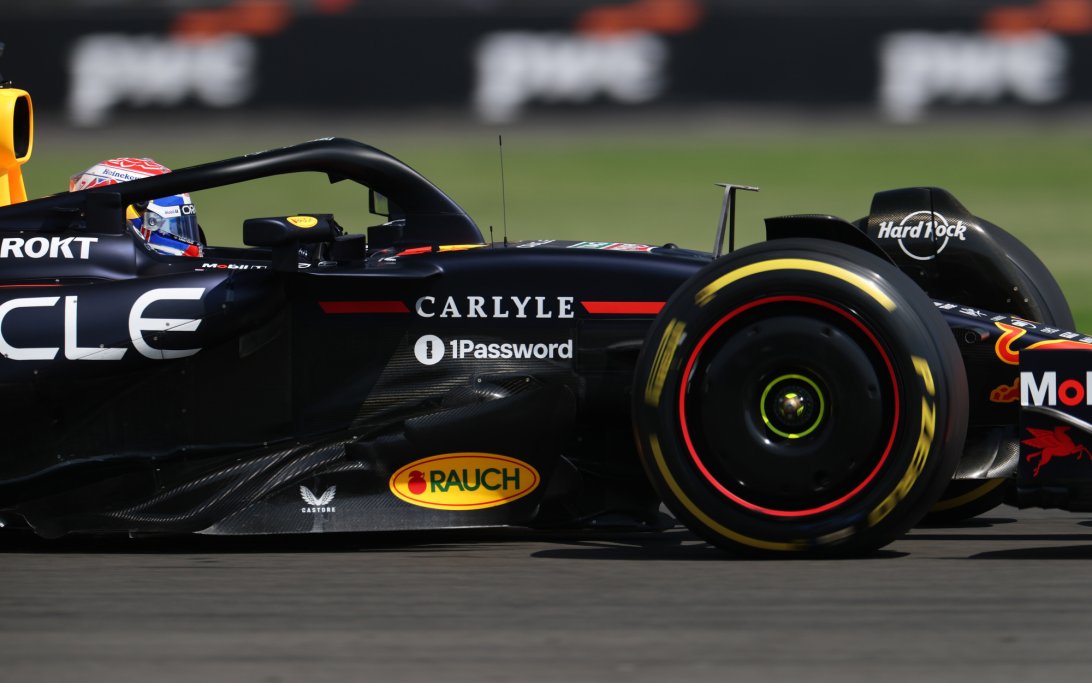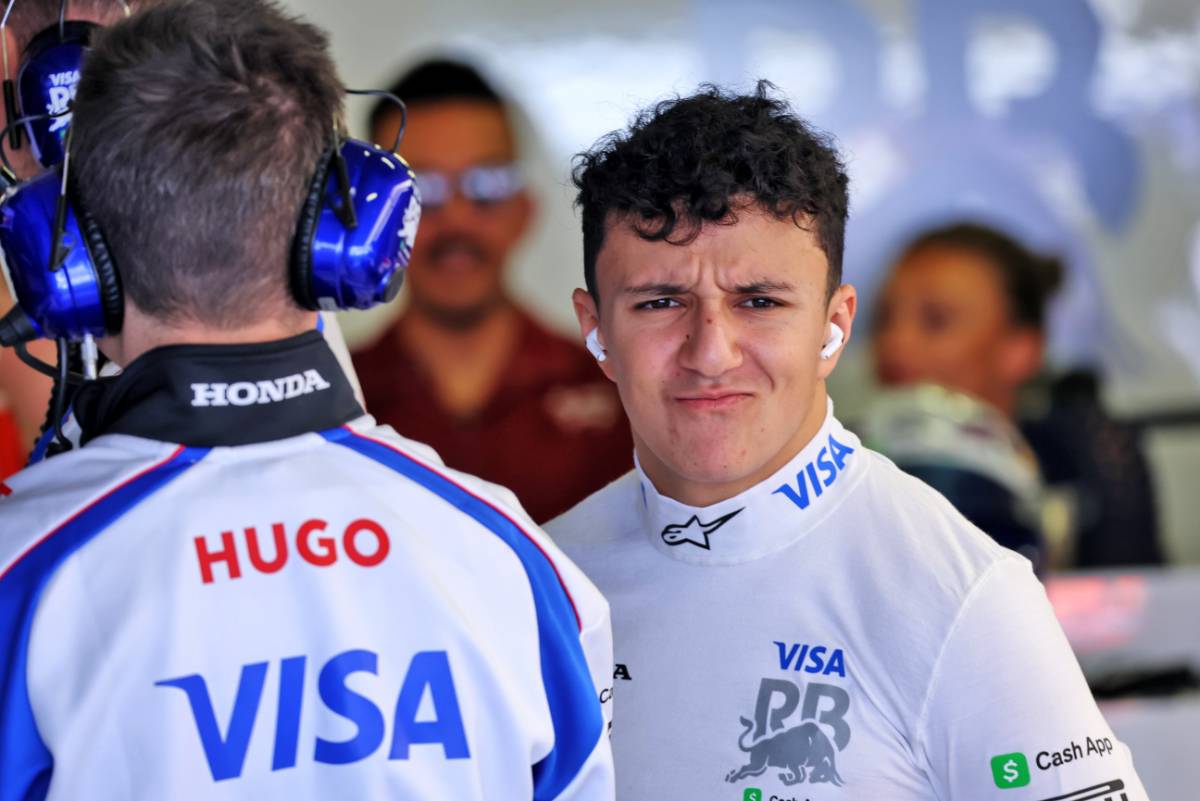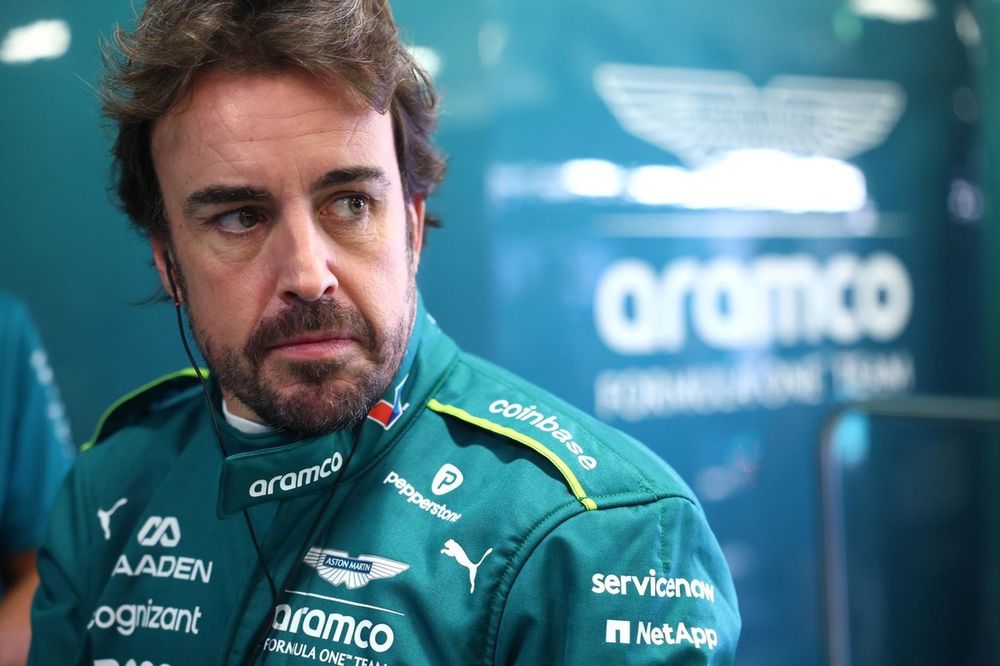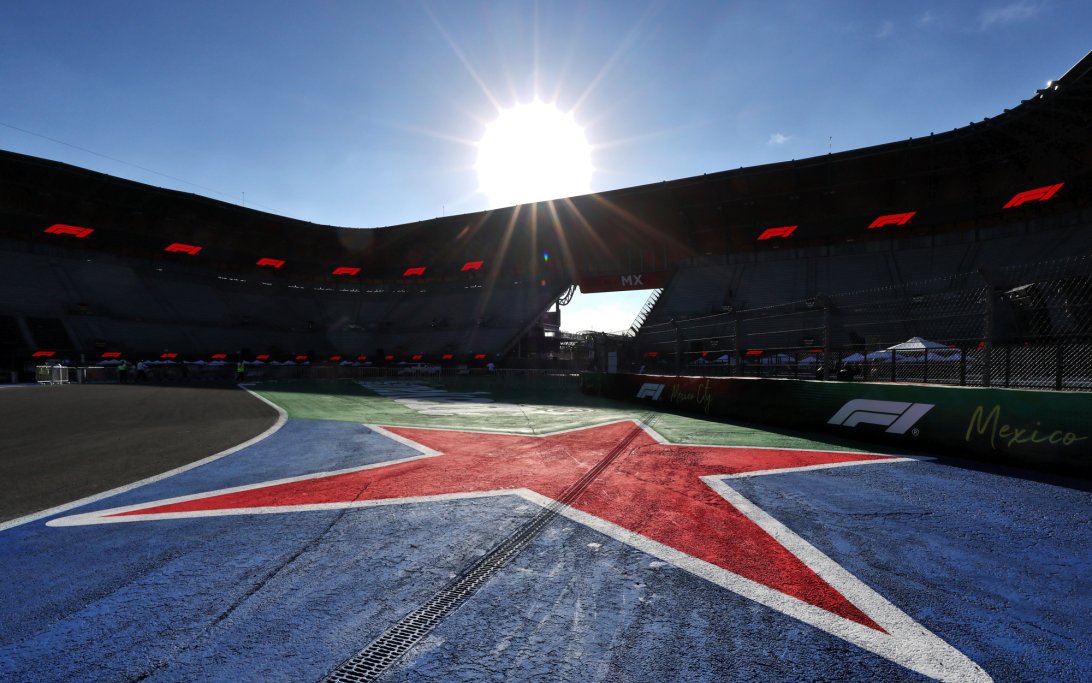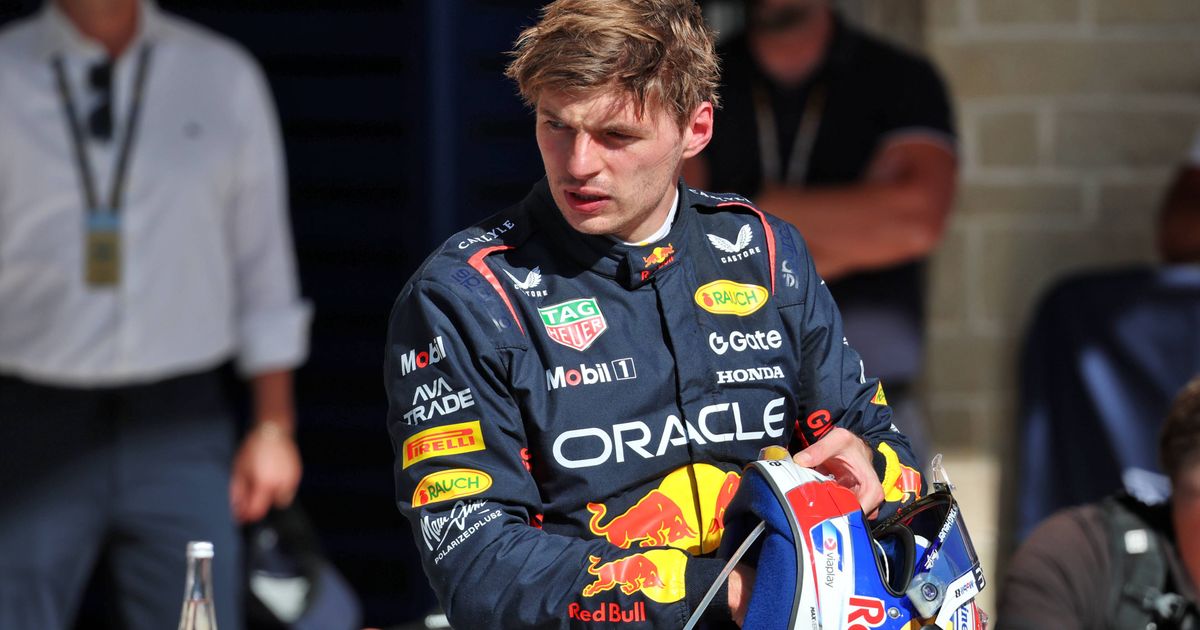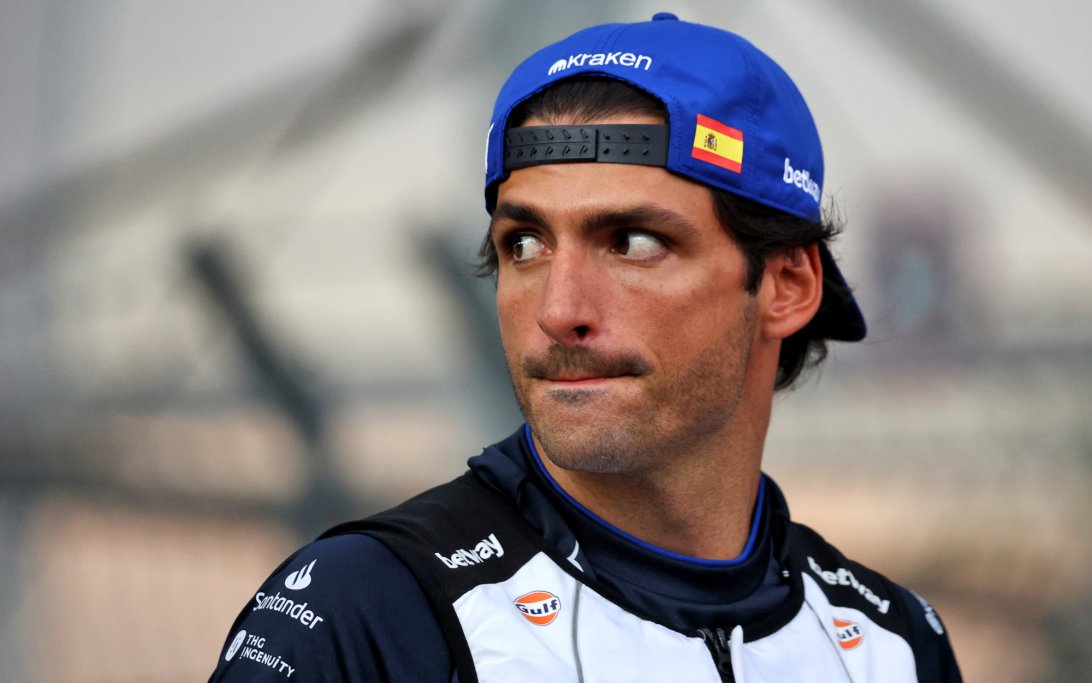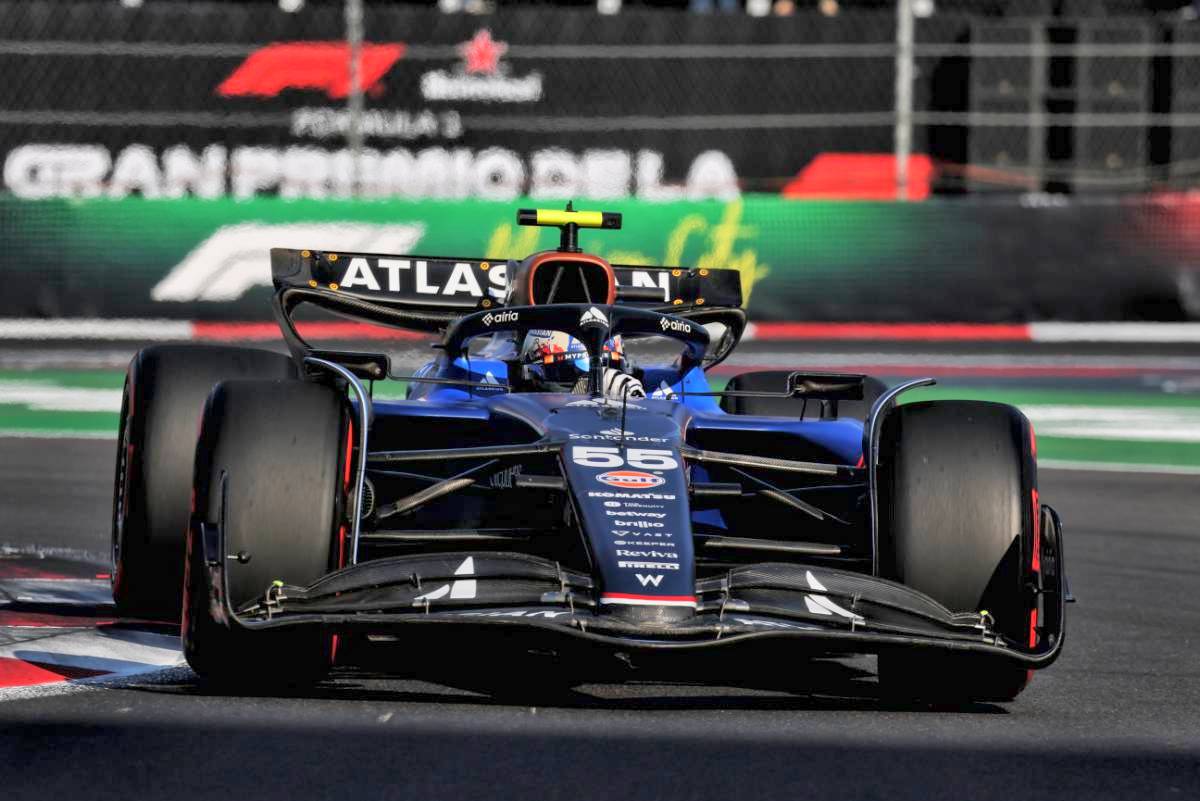
Mexico City Speed Trap: Who was the fastest in qualifying?
The Autódromo Hermanos Rodríguez in Mexico City, situated at 2,285 meters above sea level, presents a unique challenge for Formula 1 teams due to approximately 25% less oxygen in the air. This reduced air density significantly impacts engine power, downforce, drag, and cooling, demanding precise car adjustments and strategic approaches.
Why it matters:
- The high altitude environment means setup precision and driver adaptability are crucial, with teams needing to monitor power unit performance closely.
- Top speeds recorded during qualifying offer insights into a car's drag levels, though they don't directly predict race performance due to the powerful effect of slipstream in Mexico.
The Details:
- Fastest Through Speed Trap: Williams’ Carlos Sainz recorded the fastest speed through Mexico City’s speed trap, located at the end of the long back straight, setting an impressive seventh fastest time in qualifying. This is consistent with the FW47's known strength in maximum velocity.
- Lando Norris's Speed: Poleman Lando Norris ranked tenth in top speed (349.8 km/h), reflecting the McLaren MCL39's relatively draggy aerodynamic profile.
- Downforce vs. Thermal Control: Downforce levels will heavily influence tire thermal control and degradation, an area where Red Bull has reportedly struggled more than McLaren and Ferrari this weekend. This could give Norris a theoretical advantage in the race.
Race Strategy Outlook:
- Pirelli's Insights: Mario Isola of Pirelli noted that no drivers saved two sets of medium tires for the race, suggesting a one-stop strategy will be common.
- Medium Tire Versatility: The Medium (C4) compound proved most versatile. Drivers can either extend their first stint (laps 42-48) and switch to Softs, or, if C4 performance drops too much, switch to Hards between laps 26-32.
- Soft Tire Start: Starting on Softs offers initial grip but requires careful pace management due to heavy fuel loads.
- Two-Stop Feasibility: A two-stop strategy (Soft-Medium-Soft) theoretically yields a similar overall race time but is less viable in practice due to the difficulty of overtaking and losing track position after pit stops.
What's next:
The race outcome will depend heavily on tire management and how teams adapt to the unique high-altitude conditions. McLaren's potential edge in tire degradation and Norris's pole position set the stage for an intriguing battle, especially if Red Bull continues to struggle with thermal control.
Original Article :https://f1i.com/news/552040-mexico-city-speed-trap-who-is-the-fastest-of-them-al...


